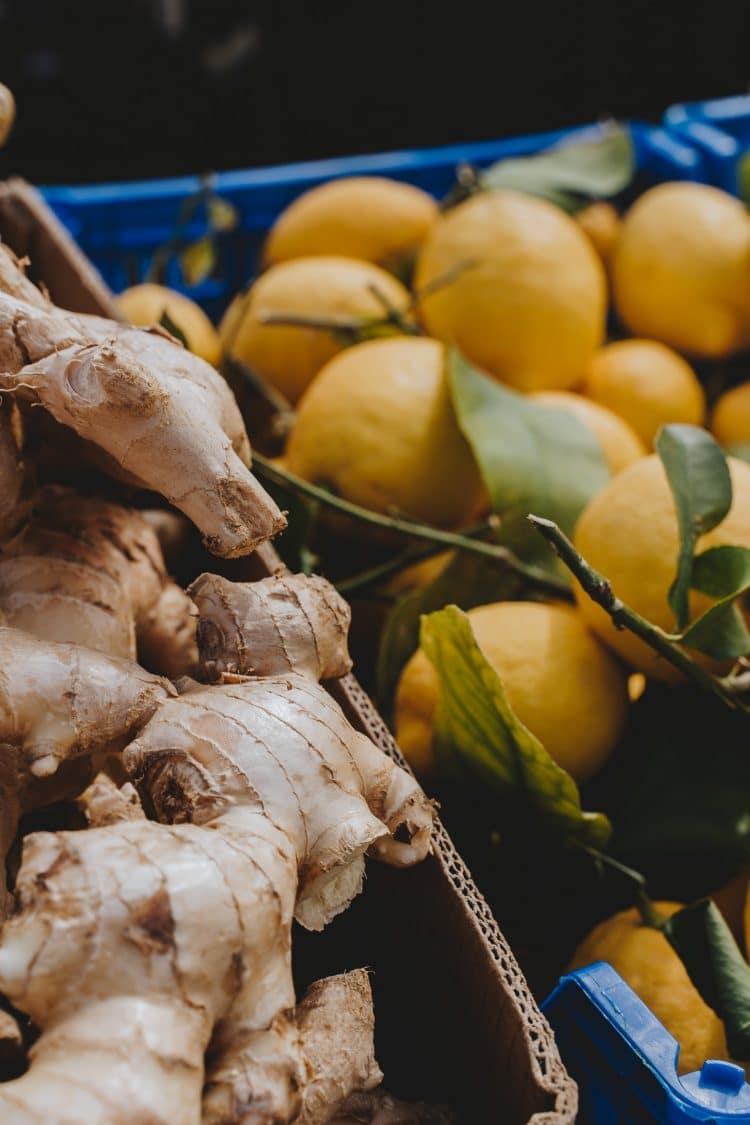Plants have the ability to synthesize a large spectrum of phytochemicals including antioxidants. Plants secondary metabolites can protect plants from environmental stress, herbivores and microorganisms. Antioxidants can be extracted and can be consumed against free radicals. The high demand for antioxidants supplements for medicinal or nutritional applications has paved the way for extraction processes that maximize antioxidants yield and purity.
What are antioxidants and free radicals exactly?
Antioxidants are compounds that can prevent, fight and eliminate damage to cells from free radicals, which are themselves waste substances produced by cells. These metabolites exist inherently in some plants while others develop as survival mechanisms. Phenols and flavonoids provide UV radiation protection from harmful rays and deters plant-eating insects and biological, chemical, and mechanical stress. [1]
There are from hundreds to even thousands of compounds in nature that have anti-oxidative properties. Most commonly these are: vitamin A, vitamin C, vitamin E, beta-carotene, lycopene, lutein, selenium, and manganese. These compounds are more effective when consumed regularly as part of a well balanced diet that includes fruits and vegetables. [1]
Oxidative stress can affect body functionalities and cellular strength, with the possibility of the inducing diseases such as cancer, stroke, heart disease and more.
Extracting antioxidants from plants
Antioxidant-containing solutions for supplemental human consumption and nutrition typically exist as extracts and tinctures. In order to isolate these valuable compounds Soxhlet extraction, maceration and hydrodistillation among other extraction techniques that can be used.
In general is better to grind the plant material before the extraction to extend the contact area with the solvent and increase the extraction yield.
During Soxhlet extraction the plant matter is extracted by continuously fresh solvent, that is boiled in a round bottom flask connected to the bottom of the extraction chamber and a condenser at the top of it. Through a siphon is possible to recover the exceeding solvent that from the extraction chamber goes back to the solvent flask allowing the desired compounds to concentrate in the flask. [2]
Hydrodistillation technique involves the placement of the plant matter into a chamber containing a compartment with boiling water. The steam allows the extraction of antioxidants and other bioactive compounds from botanical matter, which are in turn separated from the water. [2]
Solvently-speaking
Extracting antioxidants requires the right solvents in order to get the best yield, with solvent polarity being one of the major concerns. Common solvents used to extract compounds include water, ethanol, methanol, chloroform, ether, and acetone among others. [2]
References
[1] Kasote D. M, et al. Significance of Antioxidant Potential of Plants and its Relevance to Therapeutic Applications. Int J Biol Sci. 2015; 11(8): 982–991.doi: 10.7150/ijbs.12096. [Journal Impact Factor = 2.078] [Times Cited = 830]
[2] Selvamuthukumaran, M. et al. Recent advances in extraction of antioxidants from plant by-products processing industries. Food Quality and Safety. 2017; 1(1): 68-81.https://doi.org/10.1093/fqsafe/fyx004. [Journal Impact Factor = 4.19] [Times Cited = 103]
Image: https://www.pexels.com/photo/lemons-and-gingers-in-containers-7342137/











